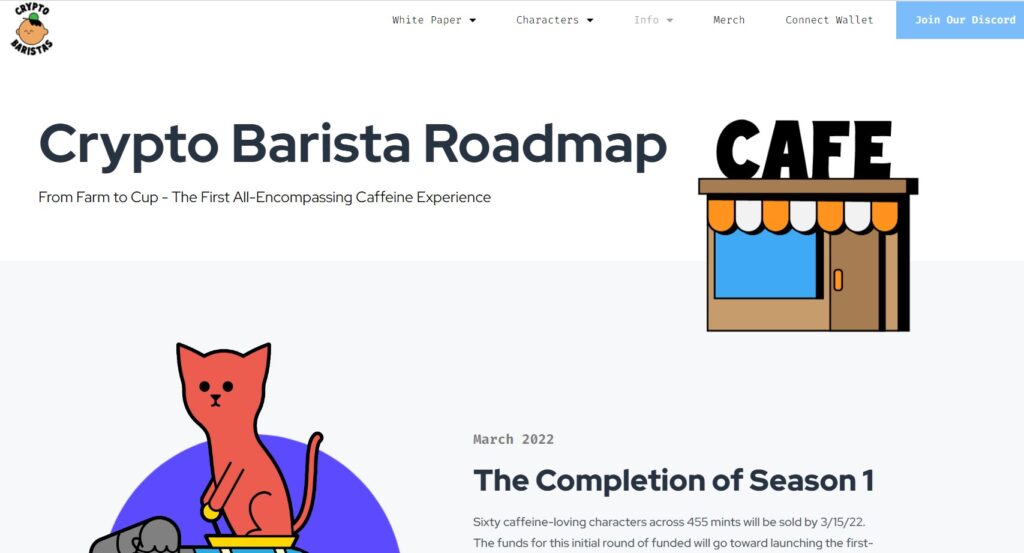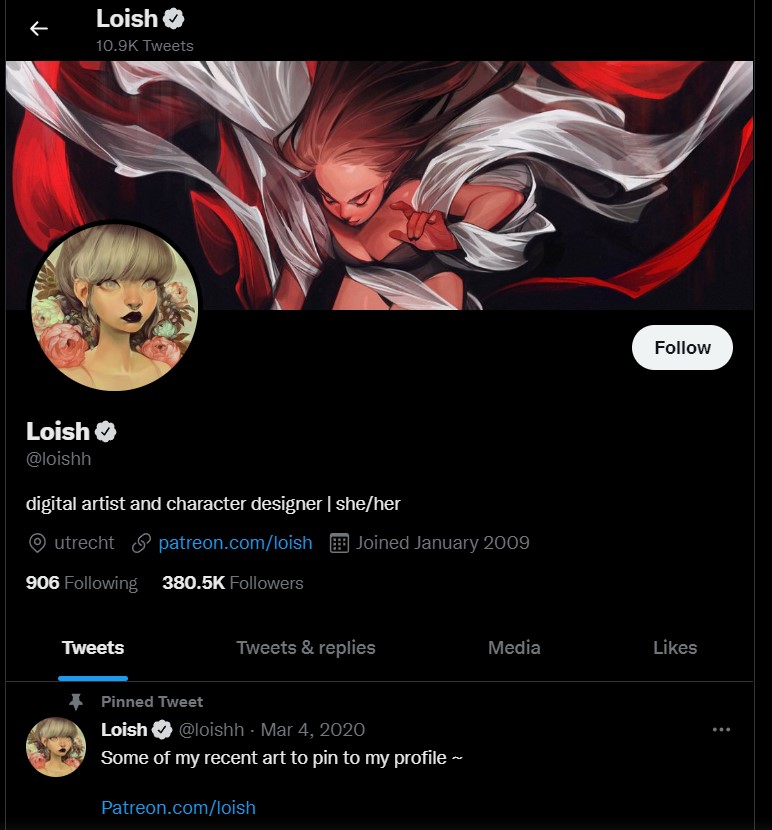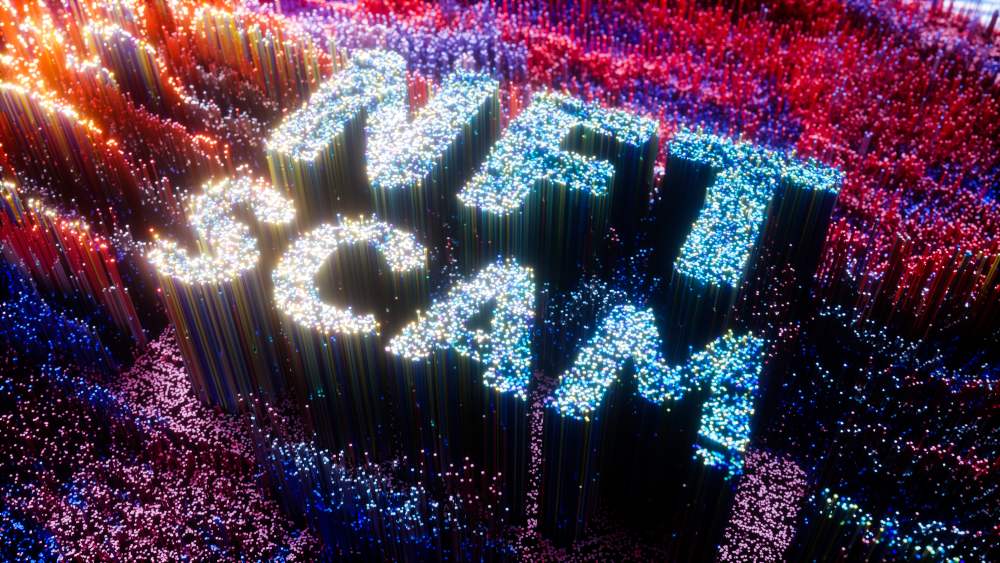Learn the techniques on how to spot bad NFT projects and avoid the most notorious NFT scams.
If you’re anything like me, you see the current crypto and NFT bear market as an opportunity to add some quality tokens to your portfolio on the cheap. However, it’s important not to get caught up in the ‘bargain hunt’ and find yourself buying all sorts of rubbish on OpenSea just because you can finally afford to.
Suppose you’ve read our guide to ‘Rug Pull NFTs’. In that case, you already know that a lot of collections might look good on the surface when in reality, they’re nothing more than hot air, and this is precisely why we must train ourselves to be able to discern between a great project like the Bored Apes and a scam project like the now infamous Pixelmons.
In this guide, I’ll give you the tools you need to identify bad NFTs and explore the different types of NFT scams you might encounter.
Table of Contents
8 Steps To Take To Avoid NFT Scams
There’s no magic bullet that can reveal whether a project is good, bad or even a scam, but one thing is certain; the more research you do, the less likely you are to invest your money into something destined to fail.
1. Background Check The Team
When you buy a new phone, computer, or car, the first thing you ask yourself is who made it, and to some extent, we should have this attitude towards NFTs as a reputable team of designers and coders is likely to produce a bad or even scam collection.
The method I use personally to check out a team behind the project is first to visit the NFTs official website and find the ‘about us’ or ‘the team’ section.
For example, if you visit the CryptoPunks site, you can easily find information on the team behind the project, namely LarvaLabs, and the two founders, John Watkinson and Matt Hall.
To dig deeper, you can look the team members up on social media sites; take a look at Matt Hall’s LinkedIn here.
Of course, a reputable team doesn’t guarantee that a project will be successful or that it isn’t a scam, but it certainly reduces its probability, and thanks to search engines, it won’t eat away at your time too badly.
It’s worth noting that if you come across a project with anonymous founders, it could signal a potential rug pull as the developers will want to disappear with the money without being traced.
2. Review The Road Map

If like me, you only buy NFTs with long-term potential, then a solid road map is necessary. Developers use these maps to outline the collection’s goals and evolution, and even though they are not legally binding, they give us an idea of how serious the team is about making the NFTs a success.
Take a look at the CryptoBaristas road map, this coffee-themed project has a new road mark for just about every month, and as a result, you can keep an eye on whether or not they are being fulfilled. If the project goals are being hit regularly, then we can be reasonably confident that the team behind it is serious, and it could have a bright future.
While an ambitious road map is great to see, don’t be sucked be blinded by big promises, especially when they seem unrealistic.
On the face of it, the Exomon road map is fantastic; the collection of slick-looking Pokemon-style creatures is slated to get its own blockchain game, collect and ear system, and metaverse all within the next 12 months. Now the Exomon team might well live up to all their objectives, but you have to be skeptical and ask yourself if this is a realistic road map or a way to generate hype and push the price of the tokens higher.
3. Review The Project’s Social Media Pages
I’m personally not big on social media, but when it comes to researching an NFT collection, it’s a precious tool. Discord and Twitter are the two primary social media sites used in the NFT space.
Most legitimate projects have active Discord communities where you can get information about the project and interact with community members. So before buying into an NFT collection, join Discord and get chatting; if the community is vibrant and the server is well organized, the project is less likely to be a scam.
Big NFT projects like the Bored Ape Yacht Club have official Twitter pages that you can identify by looking for the blue tick on their profile. When browsing an NFT Twitter feed, look at how many followers it has, what people are Tweeting about it, and if the account is active and responsive.
A helpful tool for making sure an account has real followers as opposed to a bunch of bots is the Twitter Audit which can tell you how real an account’s followers are within seconds.
4. Keep An Eye For Phishing Scams
Phishing scams are as old as the internet itself, and they aim to gain access to your personal information such as passwords and data by tricking you into handing it over. We’ve all been targeted by these scams – just check your email spam folder, and you’ll get the idea.
One of the most well-known NFT phishing scams saw MetaMask and Phantom wallet holders targeted through fake URLs and websites that harvested user data following interactions which, according to Check Point Research (CPR), resulted in at least half a million dollars being stolen.
The developers of the Sandbox metaverse announced that they were bringing in the security firm BrandShield to help it safeguard the marketplace following several phishing scam attacks on its community.
How To Avoid Phishing Scams
The best way to keep your NFT wallet safe is to never give away your 12-word seed phrase to anyone; even if the e-mail or Telegram message seems legit, do not share it with anyone.
In addition, always go directly to the websites you use to trade NFTs as supposed to following links in pop-ups, social media, and e-mails.
5. Don’t Fall For Pump-and-Dumps
Pump-and-Dump schemes are becoming increasingly notorious in the NFT space; these scams are also known as ‘rug pulls’ and involve scammers driving the price of bad NFT collections to the moon artificially and then selling their holdings at the top, leaving investors holding valueless NFTs.
How To Avoid Pump-and-Dump NFT Schemes
If you want to get more information on NFT Rug Pulls and how to avoid them check out our guide, where you’ll be able to soak up all the necessary info on spotting and avoiding these financial ticking time bombs.
6. Look Out For Counterfeit NFTs

Forgeries have plagued the art world for hundreds of years, and unfortunately, many NFTs have suffered the same fate. Digital artists are constantly targeted by forgers trying to rip off their work.
Lois van Baarle (@loishh), a digital artist and NFT enthusiast, claimed in a Tweet that her work had been minted on OpenSea without her permission by suspected scammers well over 100 times. She added that removing plagiarized work from marketplaces is very time-consuming, which only increases the possibility of someone buying the plagiarized pieces.
How To Avoid Counterfeit NFTs
The best way to ensure you’re buying digital art from the original artists is to check that they have a blue tick next to their name on the NFT marketplace. Furthermore, you can look the artist up on social media or find their official website. Some artists will even respond to direct messages allowing to help you to verify the authenticity of their NFTs.
7. Don’t Get Tricked By Bidding Scams
Bidding scams can occur when you are trading an NFT on the secondary market, so let’s say you picked up a Bored Ape early on, and you’re now sitting on some impressive returns, so you put your Ape up for sale on OpenSea.
After you launch the auction, a big bid drops, and naturally, you move to accept the offer as you start planning your early retirement; however, some fraudsters have been able to change the currency they use to place a bid. For example, a scammer might be able to switch an offer of 1,000 ETH ($1.5 million) for 1,000 SHIB (less than $0.01), leaving you out of pocket with little hope of recovering your NFT or funds.
How To Avoid Bidding Scams
Luckily these scams are relatively easy to avoid by always using reputable auction sites and double-checking the cryptocurrency the bidder is offering for your NFT before clicking accept.
8. Avoid Fake Give Aways
As someone who’s active on Twitter in the crypto space, I regularly get messages from users telling me I’ve been selected for a free giveaway as part of an upcoming NFT collection release.
The idea of being offered a free NFT from a project that claims to be the next CryptoPunks can be exciting, but we should always remind ourselves that nothing is truly free in this world.
Fake giveaway schemes are often backed by bad NFT projects that don’t have a detailed road map or reputable development team and are simply used to trick you into handing over sensitive information such as seed phrases and passwords.
How To Avoid Fake Give Aways
If someone on Twitter, Discord, or Telegram offers you an NFT for free, assume they’re up to no good and don’t click on any links they drop into your DMs. However, if you strongly feel that the giveaway is legitimate, then research the person messaging you, check the NFT collection’s official website, and don’t share your 12-word seed phrase.
If you do your diligence and implement these steps, you will improve your chances of weeding out the bad from the good and possibly save yourself a lot of money.


